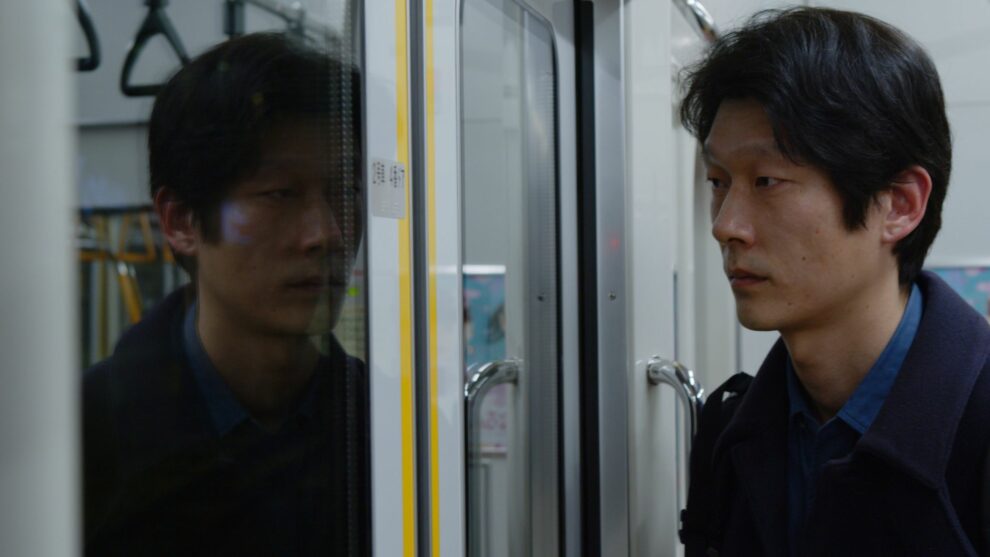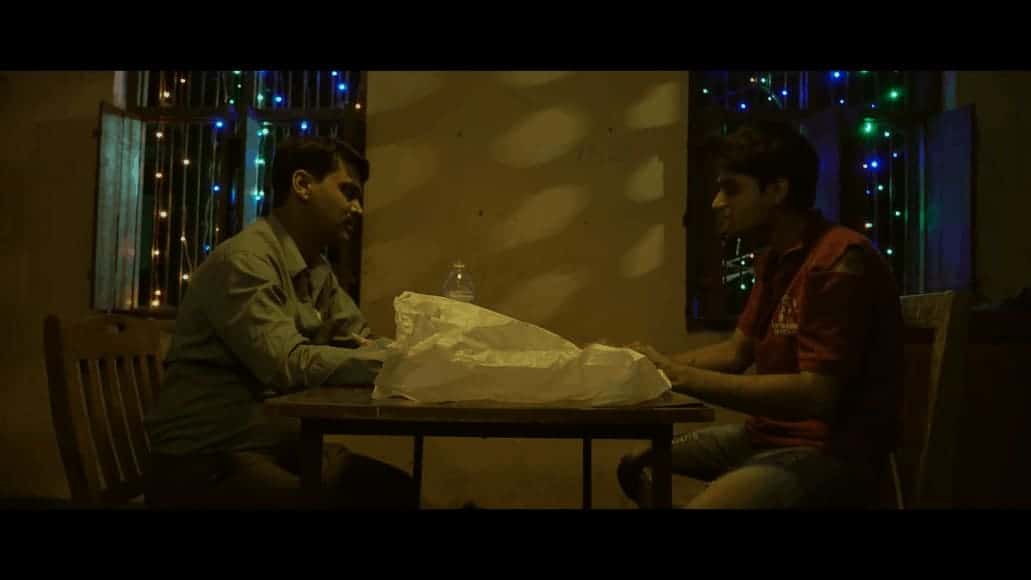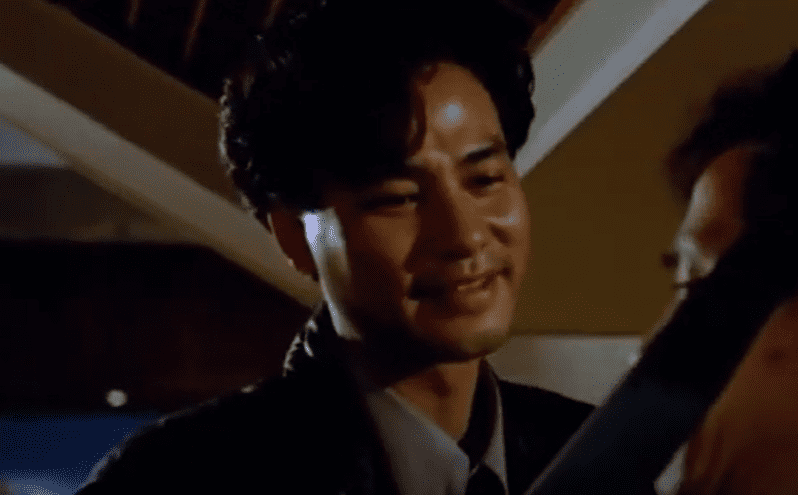As we have mentioned many times before, films about films are one of the new trends of Asian cinema, with the Japanese movie industry in particular being quite active in the category. It is also interesting that local productions deal with film workers very rarely mentioned anywhere in essence, with “Extro” focusing on extras and “Uzumasa Limelight” on a stuntman. Ryo Katayama's “Unknown” also moves down the same path, by dealing with bit actors who try to survive while keeping their passion for acting alive.
“Unknown” review is part of the Submit Your Film Initiative
40-year-old Kihara is one of those actors who has just been casted to play a secondary role in a violent movie, since the director, Sato, values his acting, despite the fact that he did not pick him in the previous audition he participated in for him. Kiharai is really happy and believes that this role can finally be the turning point in his career. His wife, however, does not share his happiness, with their fights being daily regarding the where he is going with acting and the when he will decide to call it quits and find a job that actually pays well, since his side job as a bartender is not exactly lucrative. Bob (his nickname actually) is another bit actor who has been in the industry for years, having played a number of roles, while also working as a repairman to make a living. Currently, however, he has been receiving criticism for relying too much on his physique (he is tall and looks half-Japanese) and not working on his acting, although the comments mostly take place behind his back. Bob also has a girlfriend, whom he very rarely sees, however, since their schedules do not match, but even when he can, he prefers to attend pachinko parlors. As the two men become friends all their issues come to the fore.
Check also this interview
Ryo Katayama implements a rather realistic approach, which one could say even borders on the documentary about this not-celebrated-at-all aspect of the Japanese movie industry, and through this realism, manages to come up with a captivating drama. The parallel lives of the two men are the main focus here, with Katayama highlighting both the similarities and the differences between them. In that fashion, they both make an effort to land small parts in any movie their talent agent gets them auditions for, but their struggle, even when they do land the roles, barely allows them to make a living. Furthermore, they both have issues with their relationships and their line of work is essentially the main reason.
On the other hand, their paths in both life and work follow an opposite path. Kihara is on his way up, as he constantly tries to hone his art, something that has paid off with him getting more and better parts, along with the appreciation of the filmmakers and his agent. His wife, however, is not willing to understand and their constant, one-sided fighting has led their relationship to a boiling point. Bob used to be much sought after but, as both his agent and the filmmakers state, he has stopped improving, essentially leaning on his experience and being lazy about honing his art. His problems with his girlfriend derive more from his attitude, since the woman seems to be quite understanding about what he is doing.
As the story progresses, both their antithesis and a common question emerge. Why do they keep doing it? The answer, after a scene where someone finally tells Bob about the issues with his acting, comes in the finale, in the most impactful and most dramatic scene in the whole film, that highlights the reply in the most eloquent way, completing the overall quite thorough analysis of both characters. At the same time, Katayama seems to state that having people around you that understand you is definitely the way to move forward in circumstances like the ones the protagonists, but especially Bob are experiencing.
Apart from the focus on the two, Katayama also deals in the same realistic fashion with how the indie movie industry works, with the film also including a number of shooting sequences, that shed a rather realistic light on the whole endeavor, from the casting, to the shooting, even to the talking and eating after each scene. The fact that both the protagonists essentially play themselves also adds to the realism and authenticity, with Bob Suzuki and Masatoshi Kihara being quite convincing in their respective parts. The appearance of director Katayama and Shinsuke Kato also moves in the same path, adding even more to the aforementioned sense.
Katayama also functions as the DP and editor of the movie, both of which are on a convincing level, with the former presenting the realism that dominates the narrative artfully and the latter connecting the two stories and the scenes of filmmaking in a fashion that allows the movie to unfold harmonically. The lack of tension, that is one of the most significant problems of Japanese cinema is to be found here also, but the overall presentation and the realism that dominates the narrative definitely compensate, while tension is actually found here, during the last sequences.
“Unknown” is a low-budget film about low-budget films that manages to shed a very thorough light to the “bottom” of the industry, through an approach that is both informative and dramatic.
















